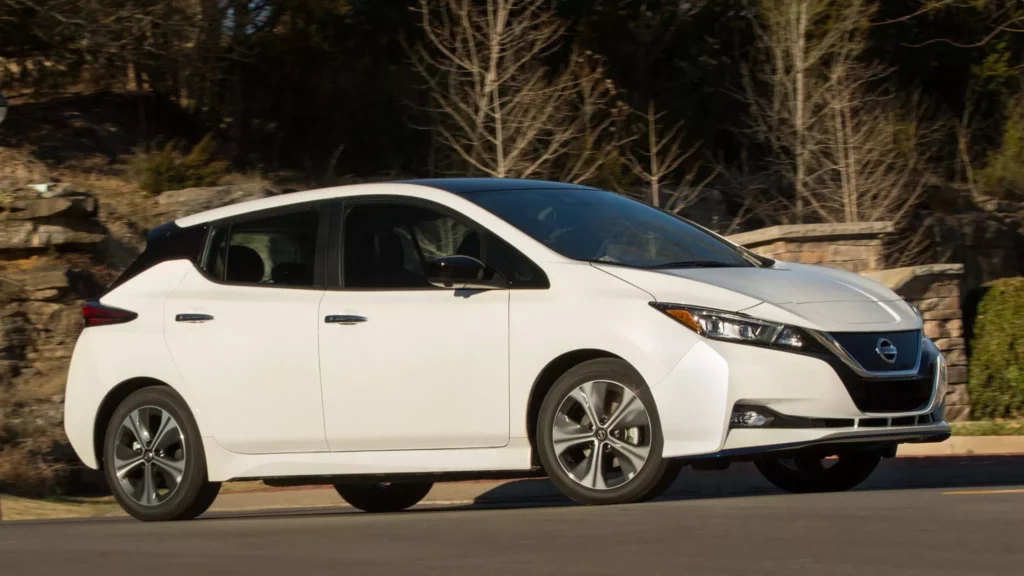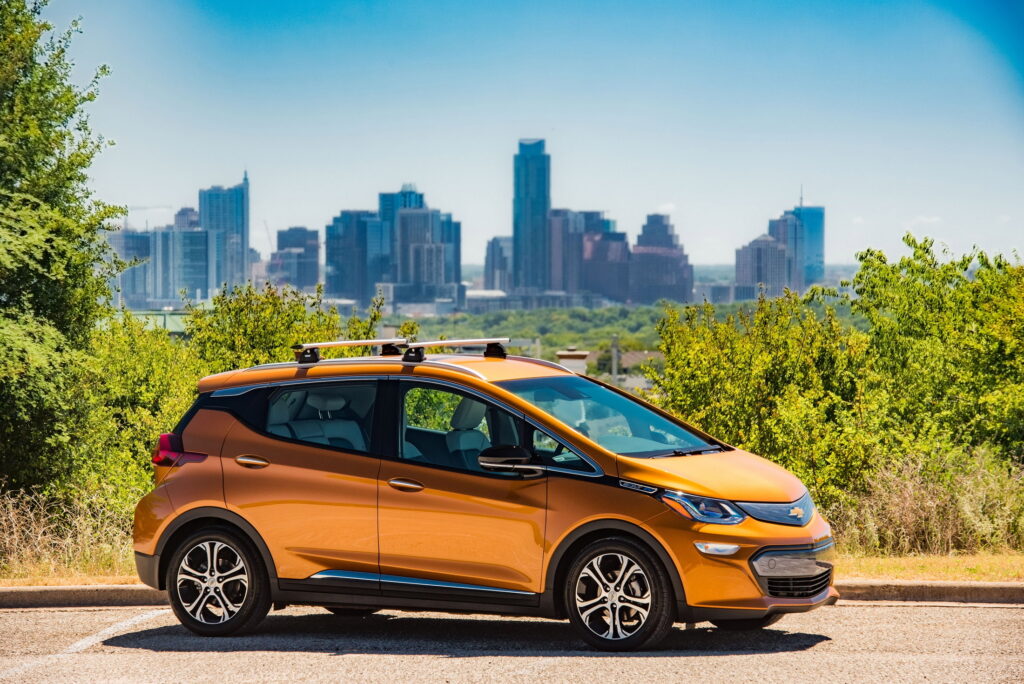Buyers who opted for a used EV, PHEV, or fuel cell vehicle as of January 1 can now get a tax credit worth 30% of the value of the vehicle, up to $4,000, but there are some hoops to jump through
3 hours ago
 –>
–> 
–>
While buyers of new electric vehicles have been entitled to new tax credits under the Inflation Reduction Act for some time, customers on the used market will only now be able to claim a similar incentive.
The Environmental Protection Agency (EPA) recently announced that people who bought a pre-owned all-electric, plug-in hybrid, or hydrogen fuel cell electric vehicle on or after January 1, 2023, can now qualify for tax credits worth 30 percent of the value of the vehicle, or up to $4,000.
The credit only applies to vehicles with a sale price of less than $25,000, and it can’t amount to more than you owe on your taxes. And don’t think you can get creative, because you can’t apply an excess credit to your future tax years.
advertisement scroll to continue
Read: How To Get A $7,500 Tax Credit On Almost Any EV Lease Thanks To An IRA Loophole

A full list of vehicles that apply for the credit is on the EPA’s website, and all must be made by a qualified manufacturer (though all fuel cell vehicles get the credit). In addition, the EV you buy must come from a dealer, and its model year must be two years behind the current one in order to qualify for a credit.
You also can’t just trade EVs around to get tax credits. The IRS will not award you the incentive if the vehicle has already been transferred to a qualified buyer after August 16, 2022. Meanwhile, if you get a clean vehicle tax credit, you won’t be eligible for another for three years.
And that hints at the next hoop that buyers have to jump through. In addition to the EVs, PHEVs, and fuel cell vehicles needing to qualify for the credit, the buyers must, too. That means that no one who is listed as a dependent on someone else’s taxes can qualify for the credit, nor can any single person who makes more than $75,000, nor any head of household who makes more than $112,500, nor any married couple who jointly make more than $150,000. The buyer must also intend to primarily use the vehicle in the U.S.
If you and your new (to you) car satisfy all of these requirements, you can calculate how much of a tax credit you should expect with the handy tool on the EPA’s website.


